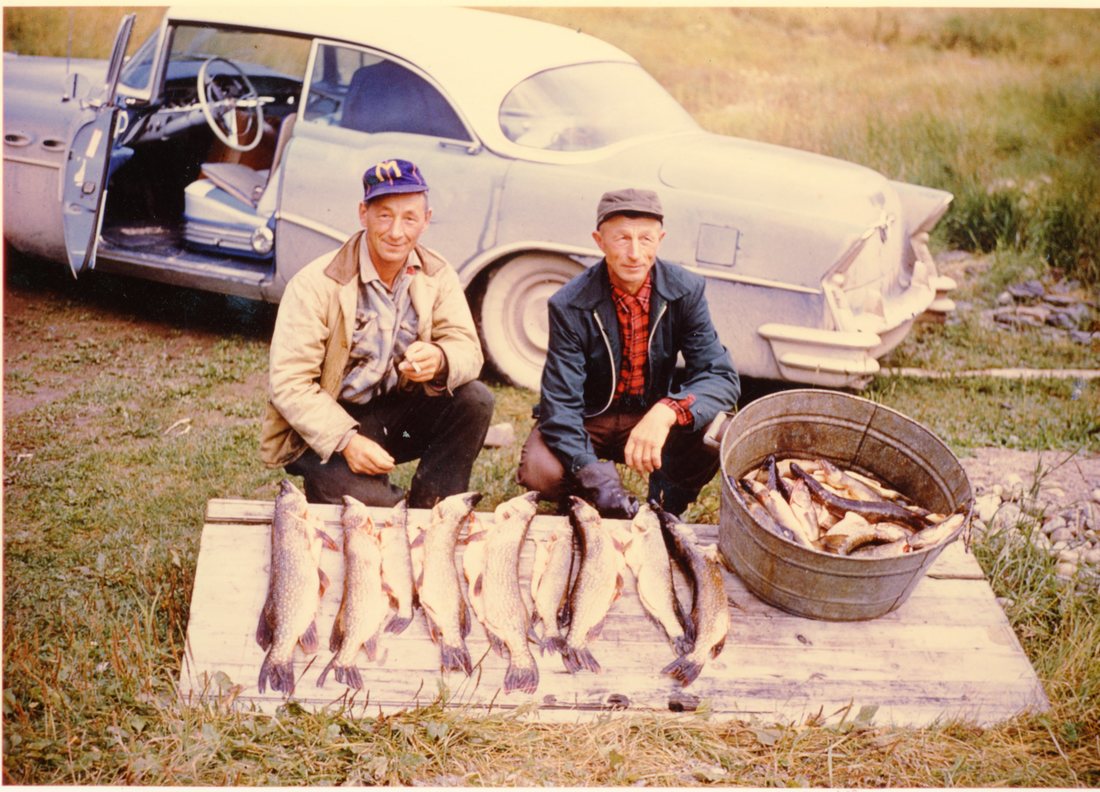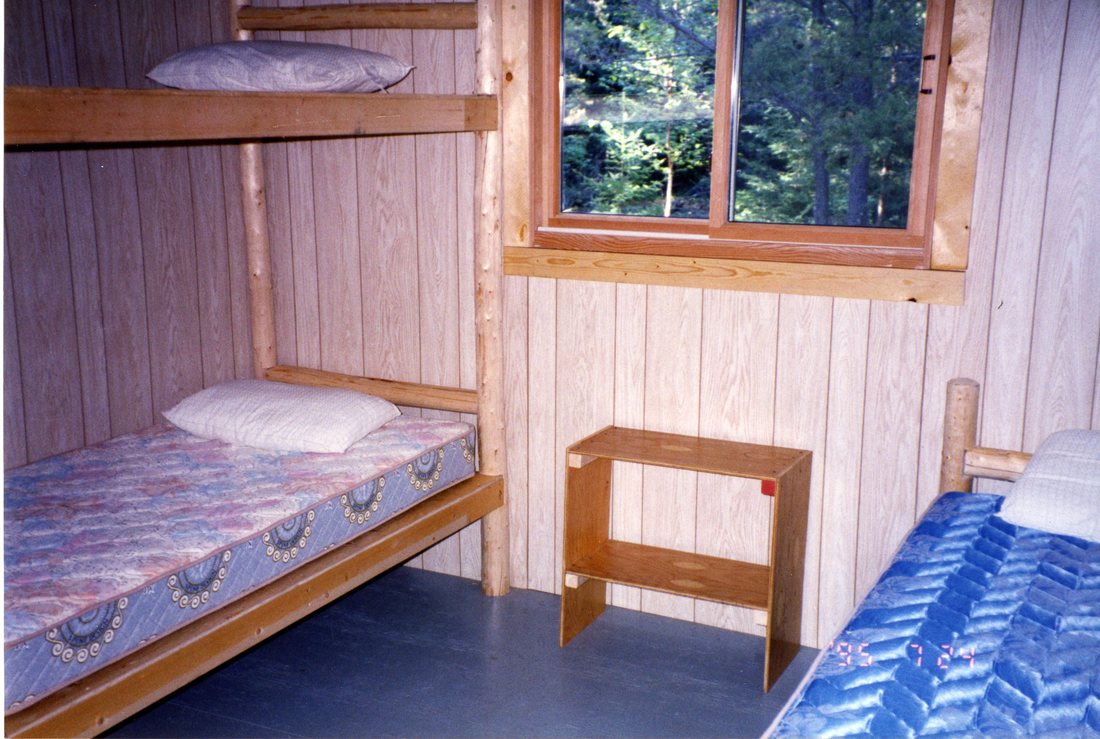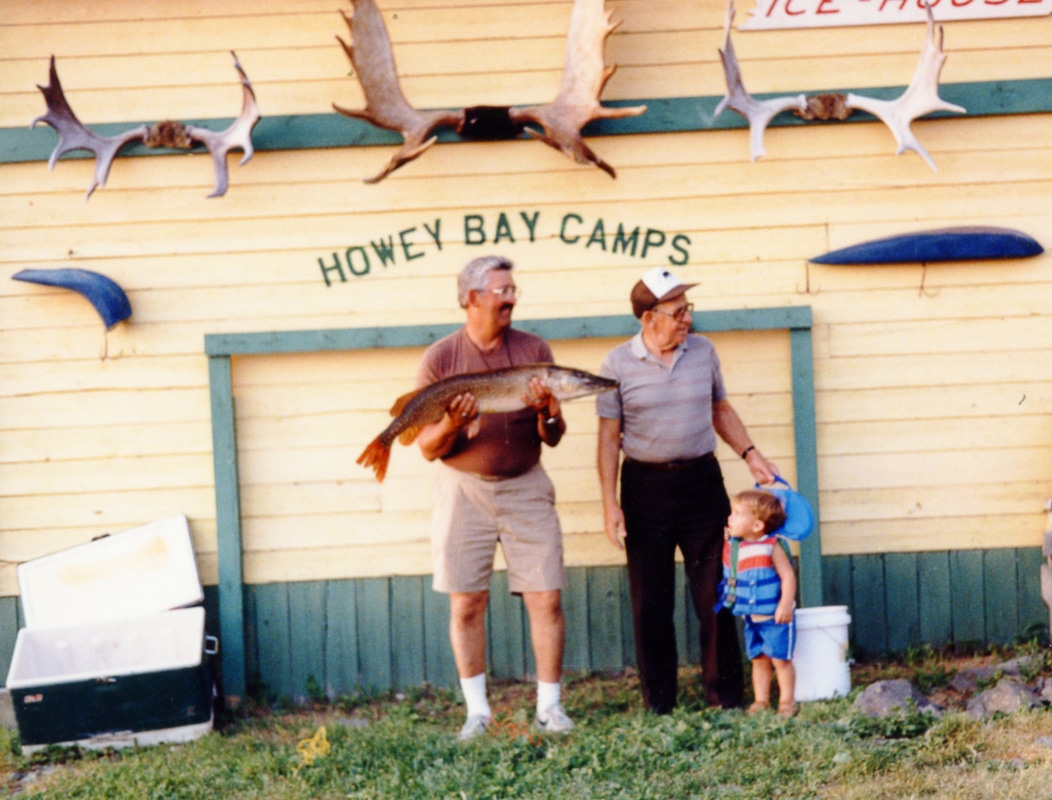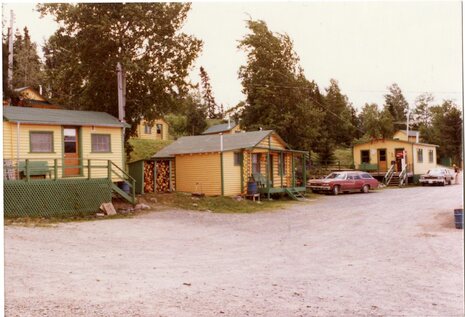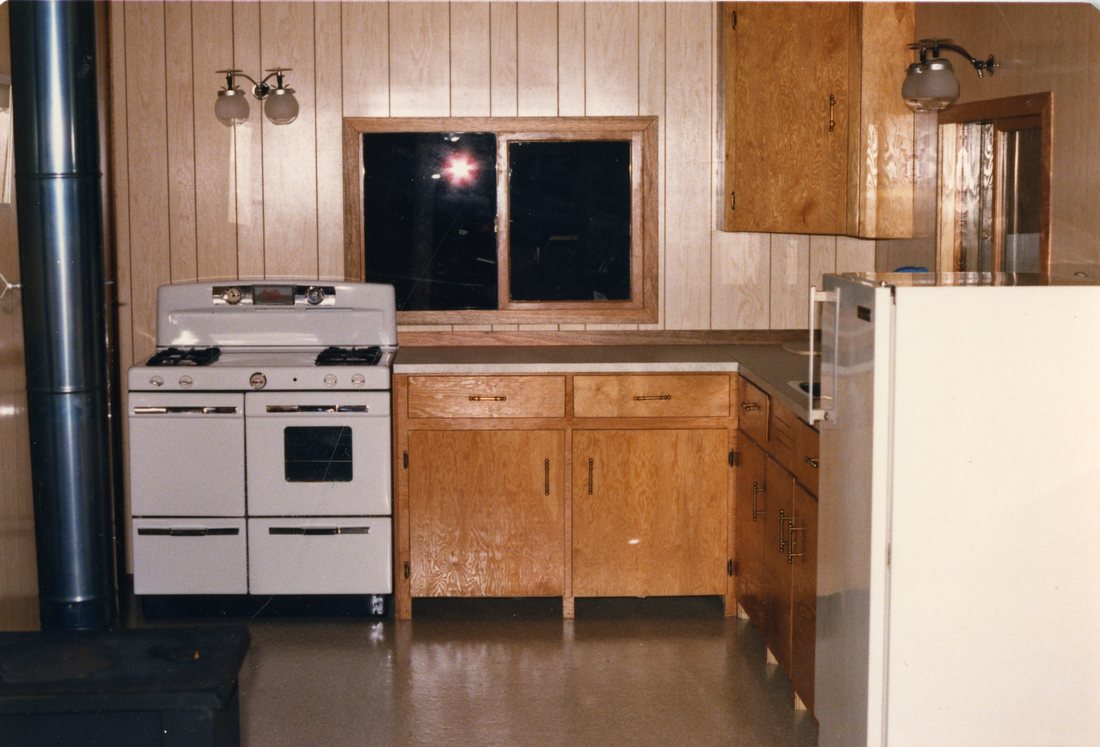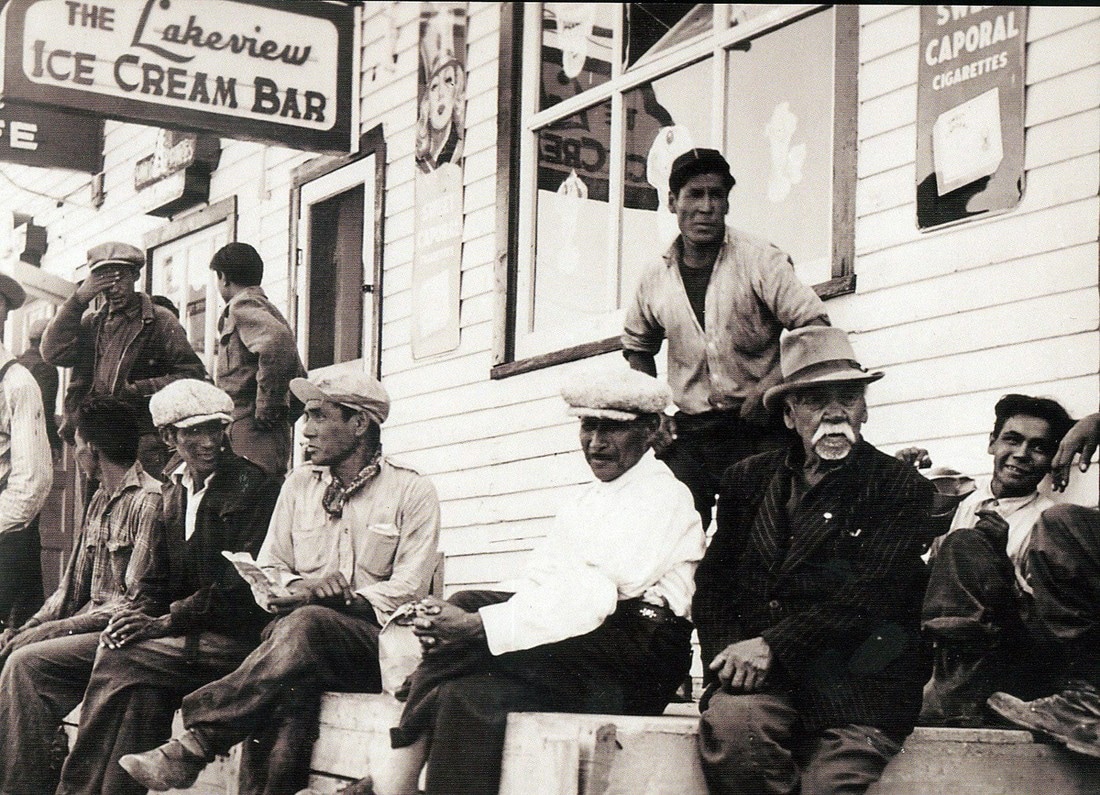Fishing CampsIn 1947 and 1948, Red Lake joined the tourism business with the opening of several new outfitters (fishing and hunting camps), which coincided with the highway opening in late 1947. Some of these camps still survive today. Some have been passed down through generations, while others were purchased from the original/previous owners. George and Jack Slobodzian started Howey Bay Camps, which is now Howey Bay Resorts and owned by the McLeod family. Wright’s Wilderness Camp was built in the early 1950s by Wilfred Wright, but was owned by two different families, the Retzkys and Weavers, before being bought back by Wilfred’s grand-nephew, Lee, in the early 2000s. Bill Stupack built Bow Narrows Camp with the assistance of Arthur Carlson in 1947. Arthur Carlson and his wife, Florence, went on to start Viking Island Camp on Douglas Lake in 1948. Viking Outposts is still owned by the Carlson Family, but Bow Narrows Camp was bought by the Baughman family in the 1960s. Another well-known camp was Geary’s Red Lake Lodge which is now called Sunset Lodge and owned by the Franczak family. These are only a few of the early camps that still exist today. Not all the camps from the 1940s and 1950s lasted, but some went through the effort of setting up the Red Lake Outfitters Association. The Association held meetings for all outfitters, produced maps of the area with camp locations, and organized advertising for its members in an effort to bring in more tourists. While this helped the businesses, it was not as successful as it could be as several operators did not share knowledge or information. The camps that did not join still benefited from the publicity and the work done by the members of the Association. |
/There are two types of camps: drive-in and fly-in camps.
Guests are welcome to bring their trailers or RV to the drive-in camps. They fish on the lake where the camp is and might encounter other guests. They have access to all the conveniences in a town. Fly-in camps are extremely remote and only have one or two cabins, so it is only the guests that are there. Other fly-in camps have lodges and the guests are not quite as isolated. In the early days, both the drive-in and fly-in camps were very basic. The guests were mainly groups of men or fathers and sons from Midwest America. The cabins were simply built for sleeping and cooking, without electricity or running water. There may have been a sink, but the water had to be pumped and hauled inside. A small propane stove was used for cooking and a wood fireplace for heat. Outside of the cabin were shower houses and an outhouse. Owners slowly modernized the cabins, gradually adding bathrooms with showers and electricity, although some continued to use outhouse toilets until they eventually changed to chemical or flush. To an outsider, it might have been shocking that the early camps were so rudimentary. In the 1950s and 60s, most people were used to modern conveniences of electricity, running water and flush toilets, but it is amazing how much these cabins and camps had to offer, especially at fly-in outposts. The highway was still gravel until 1967, not all areas were hooked up to town water, leaving some locals still using outhouses. At the fly-in camps, the owners had to carry in all the materials necessary through the bush, by boat and sometimes by plane. Now there are roads and several resources to bring in supplies, but sixty years ago, the owners had limited options and did the best they could to make the cabins comfortable. The fishing camps offered a variety of different packages,
similar to today. Camps provided cabins with beds, some provided fresh linen, even housekeeping service. Other camps even provided camping gear if the visitors wished to go camping and fishing. At most camps, visitors were expected to bring their own fishing gear. In the early days, most camps did not have restaurants, so the guests would have to bring their own food and cook their own meals. Gradually, the camps built main lodges and restaurants. Most camps offered boats, motors, and canoes. Guides could be hired for the day. Some guests would come to catch trophy sized fish, which they would take home to stuff and mount on their walls. The fishing regulations were not as strict as today and several people would catch mass amounts of fish at one time. They would often eat some of the catch while at the camp or they could save it to take home at the end of their visit. Part of the camp experience was eating a shore lunch. This could be done several ways: the guide could prepare the shore lunch; the visitor could prepare their own shore lunch; or sometimes, the entire camp would gather and cook up the morning catch. |
|
If a guide was hired, they would often drive the boats and
show the best places to fish in the morning. Around noon, the guides would find a great place to cook the shore lunch and then it was back to fishing in the afternoon. In the 1950s, the camping brochures advertised guides as $10 a day. The guides were experienced fishermen. Some were the owners or managers of the camp, but often independent guides would be hired for the season. Many First Nations people worked as guides for the camps. The visitors at fishing camps often come back year after year and become like family to the camp owners or managers. Some visitors can trace when their family started coming up to four and five generations back. The evidence of the years of guests visiting is often found at the ice house, where the fish are cleaned. The walls of the older ice houses are covered with names, dates and the sizes of fish caught. Some families try to group their markings together as they can carry on the tradition. |
For more information on current fishing camps, visit the Highway 105 Tourism website!
|



